Rising Energy Costs
The ammonia market in the GCC is currently influenced by fluctuations in energy prices. As natural gas remains the primary feedstock for ammonia production, any increase in energy costs could impact production expenses. In 2025, energy prices are projected to rise by approximately 8%, which may lead to a corresponding increase in ammonia prices. This scenario could compel manufacturers to seek alternative energy sources or optimize their production processes to maintain profitability. Consequently, the ammonia market may experience volatility as producers navigate these challenges, potentially affecting supply and demand dynamics in the region.
Growing Export Potential
The GCC's ammonia market is witnessing an expansion in export opportunities, driven by increasing global demand for ammonia-based products. In 2025, the region is expected to export approximately 30% of its total ammonia production, capitalizing on favorable trade agreements and strategic partnerships. Countries in Asia and Europe are particularly interested in sourcing ammonia from the GCC due to its competitive pricing and high-quality products. This growing export potential may encourage local producers to enhance their production capabilities, leading to a projected 12% increase in export volumes. As a result, the ammonia market is likely to become a vital contributor to the GCC's economic diversification efforts.
Increasing Agricultural Production
The ammonia market in the GCC is experiencing a surge in demand driven by the need for enhanced agricultural productivity. As the region seeks to improve food security, the use of ammonia-based fertilizers is becoming increasingly prevalent. In 2025, the GCC's agricultural sector is projected to grow by approximately 5%, leading to a corresponding rise in ammonia consumption. This growth is further supported by government initiatives aimed at boosting local food production, which may result in a 10% increase in fertilizer usage. Consequently, the ammonia market is likely to benefit from this heightened focus on agriculture, as farmers increasingly rely on ammonia to optimize crop yields and ensure sustainable farming practices.
Investment in Infrastructure Development
Infrastructure development in the GCC is poised to significantly impact the ammonia market. With ongoing investments in industrial facilities and transportation networks, the region is enhancing its capacity to produce and distribute ammonia efficiently. In 2025, the GCC is expected to allocate over $50 billion towards infrastructure projects, which may include ammonia production plants and logistics enhancements. This investment is likely to streamline supply chains and reduce operational costs, thereby fostering a more competitive ammonia market. As infrastructure improves, the region could see a 15% increase in ammonia production capacity, positioning it as a key player in the international market.
Technological Advancements in Production
Technological innovations are transforming the ammonia market in the GCC. The adoption of advanced production techniques, such as green ammonia synthesis, is gaining traction. These methods not only reduce carbon emissions but also enhance production efficiency. In 2025, it is anticipated that the implementation of these technologies could lead to a 20% reduction in production costs. Furthermore, the GCC's commitment to sustainability aligns with global trends, potentially increasing the attractiveness of its ammonia products in international markets. As a result, the ammonia market may witness a shift towards more environmentally friendly production methods, appealing to a broader customer base.


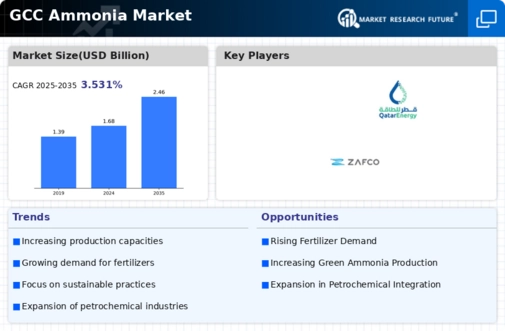
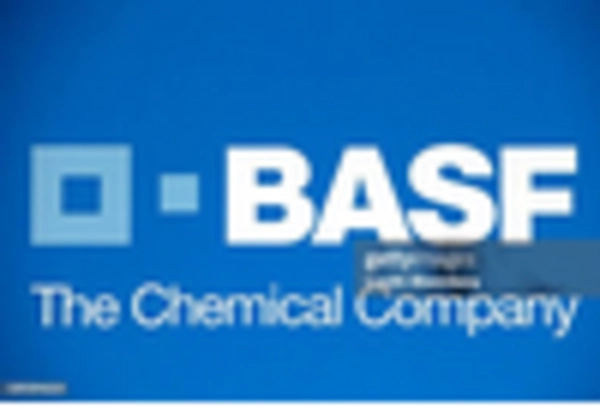
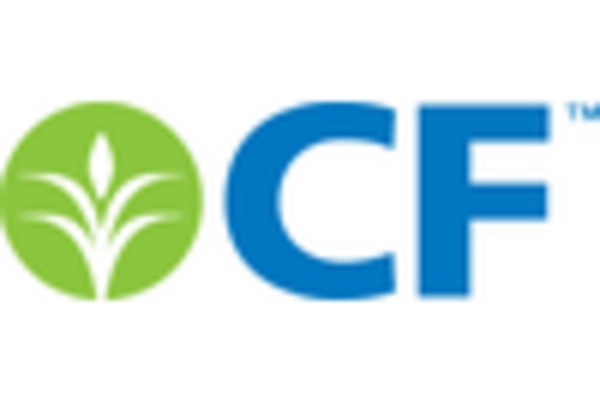
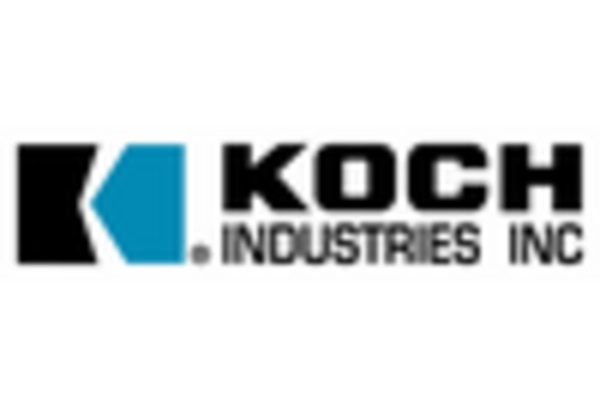
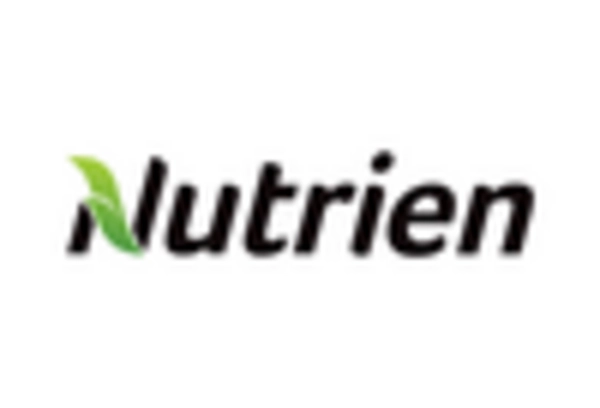
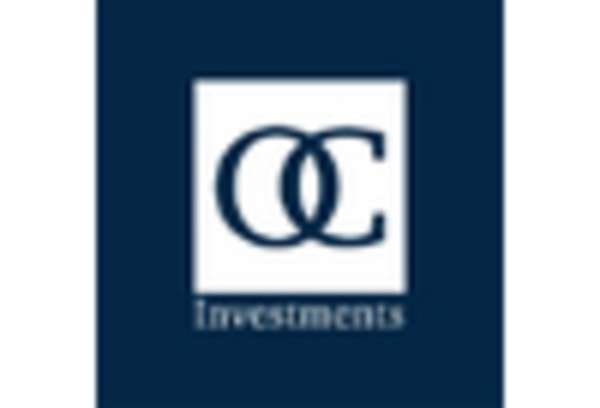
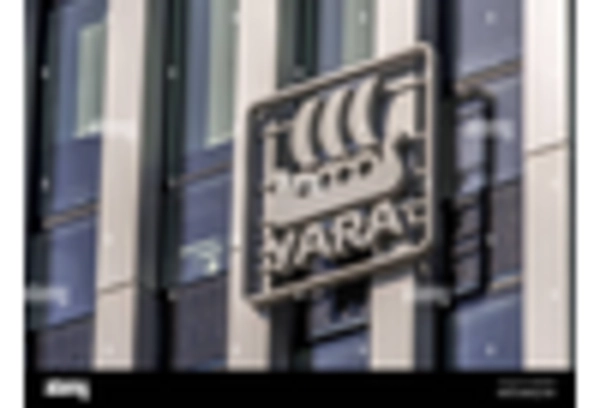








Leave a Comment